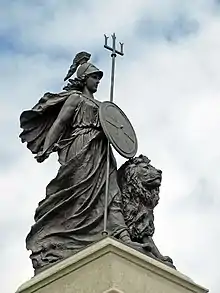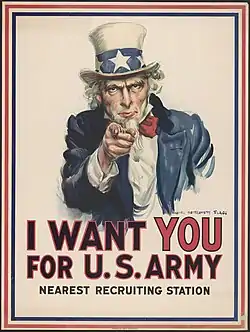National personification
A national personification is an anthropomorphic personification of a nation or its people. It may appear in political cartoons and propaganda. As a personification it cannot be a real person, of the Father of the Nation type, or one from ancient history who is believed to have been real.
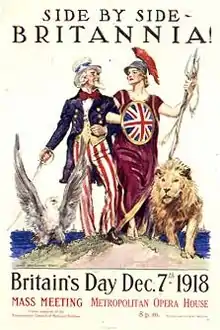
.jpg.webp)
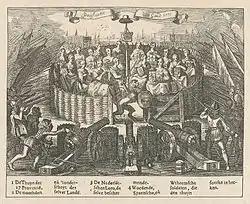
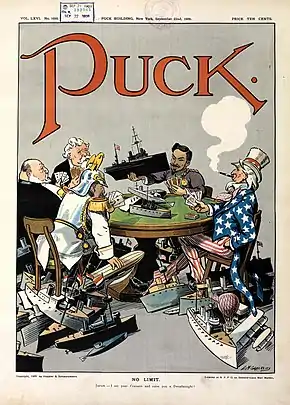
Some early personifications in the Western world tended to be national manifestations of the majestic wisdom and war goddess Minerva/Athena, and often took the Latin name of the ancient Roman province. Examples of this type include Britannia, Germania, Hibernia, Helvetia and Polonia. Examples of personifications of the Goddess of Liberty include Marianne, the Statue of Liberty (Liberty Enlightening the World), and many examples of United States coinage. Another ancient model was Roma, a female deity who personified the city of Rome and more broadly, the Roman state, and who was revived in the 20th Century as the personification of Mussolini's "New Roman Empire". Examples of representations of the everyman or citizenry in addition to the nation itself are Deutscher Michel, John Bull and Uncle Sam.[1]
Personifications by country or territory
See also
- Afghanis-tan, a manga originally published as a webcomic about Central Asia with personified countries.
- Polandball, a contemporary form of national personification in which countries are drawn by Internet users as stereotypic balls and shared as comics on online communities.
- Hetalia: Axis Powers, an anime about personified countries interacting, mostly taking place within the World Wars.
- Mural crown
- National animal, often personifies a nation in cartoons.
- National emblem, for other metaphors for nations.
- National god, a deity that embodies a nation.
- National patron saint, a Saint that embodies a nation.
References
- Eric Hobsbawm, "Mass-Producing Traditions: Europe, 1870-1914," in Eric Hobsbawm and Terence Ranger, eds., The Invention of Tradition (Cambridge, 1983), 263-307.
- Ahmed, Salahuddin (2004). Bangladesh: Past and Present. APH Publishing. p. 310. ISBN 8176484695. Retrieved July 11, 2012.
- "NATIONAL SYMBOLS". Bangladesh Tourism Board. Bangladesh: Ministry of Civil Aviation & Tourism. Archived from the original on 2016-12-28. Retrieved 2015-09-10.
- McGill, Robert (2017). War Is Here: The Vietnam War and Canadian Literature. McGill-Queen's Press. p. 37. ISBN 9780773551589. Retrieved 17 May 2019.
- Barber, Katherine (2007). Only in Canada You Say: A Treasury of Canadian Language. Oxford University Press Canada. p. 70. ISBN 9780195427073.
- "Library and Archives Canada".
- https://www.academia.edu/17124620/Rostam_A_Complex_Puzzle_A_New_Approach_to_the_Identification_of_the_Character_of_Rostam_in_the_Iranian_National_Epos_Sh%C4%81hn%C4%81me
- Dallmayr, Fred (25 August 1999). Border Crossings: Toward a Comparative Political Theory. ISBN 9780739152546.
- https://papyrus.bib.umontreal.ca/xmlui/bitstream/handle/1866/14232/Heck_Isabel_2003_memoire.pdf?sequence=1&isAllowed=y
- O'Rourke Murphy, M. & MacKillop, J. (2006). An Irish Literature Reader: Poetry, Prose, Drama.
- Liok Ee Tan (1988). The Rhetoric of Bangsa and Minzu. Monash Asia Institute. p. 14. ISBN 978-0-86746-909-7.
- Melanie Chew (1999). The Presidential Notes: A biography of President Yusof bin Ishak. Singapore: SNP Publications. p. 78. ISBN 978-981-4032-48-3.
- Minahan, James B. (2009). The Complete Guide to National Symbols and Emblems. Greenwood. p. 101. ISBN 978-0313344961.
- https://teara.govt.nz/en/photograph/32532/south-african-war-memorial-waimate
- "A Manifesto from the Provisional Government of Macedonia". 1881.
Our mother Macedonia became now as a widow, lonely and deserted by her sons. She does not fly the banner of the victorious Macedonian army
Cite journal requires|journal=(help) - Bulgarian graphic representation of Bulgaria, East Rumelia and North Macedonia
- "Archived copy". Archived from the original on 2016-04-14. Retrieved 2016-03-30.CS1 maint: archived copy as title (link)
Further reading
- Lionel Gossman. "Making of a Romantic Icon: The Religious Context of Friedrich Overbeck's 'Italia und Germania.'" American Philosophical Society, 2007. ISBN 0-87169-975-3.
External links
| Wikimedia Commons has media related to Personifications of nations. |
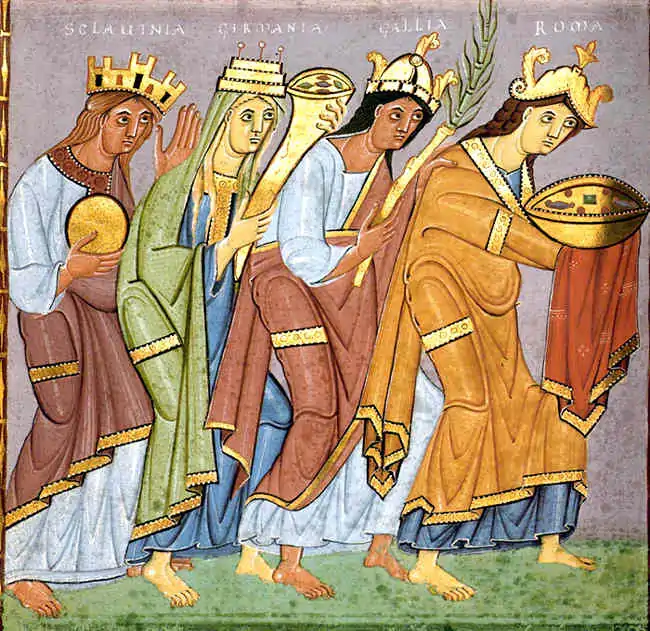
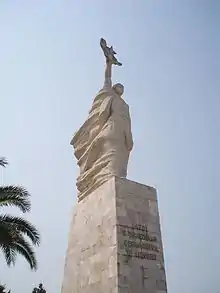
%252C_Johann_Joachim_Kaendler_and_assistants%252C_Meissen_Porcelain_Factory%252C_c._1760%252C_hard-paste_porcelain_-_Wadsworth_Atheneum_-_Hartford%252C_CT_-_DSC05373.jpg.webp)
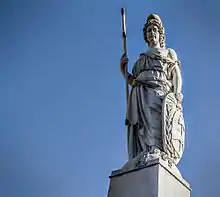

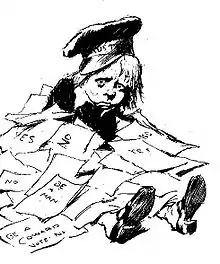


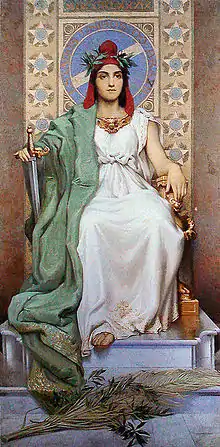


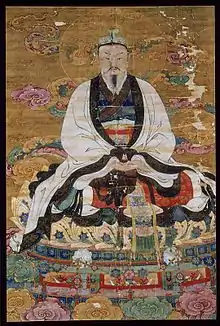
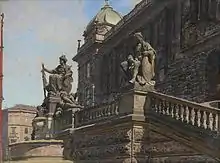
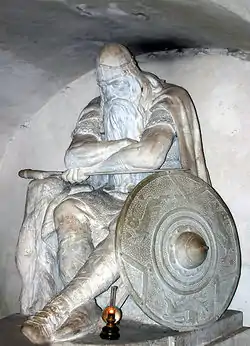

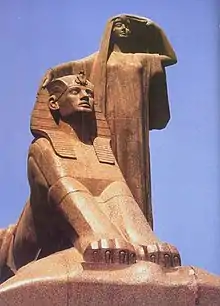
.jpg.webp)

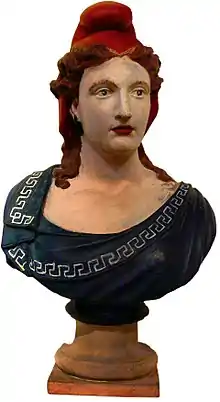
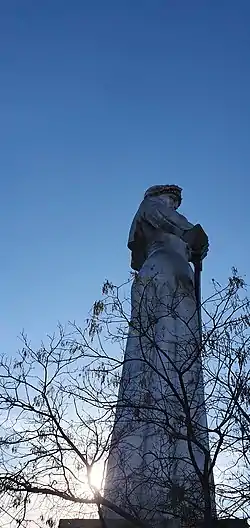
.jpg.webp)
.jpg.webp)
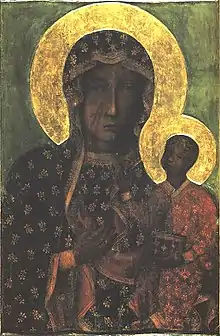
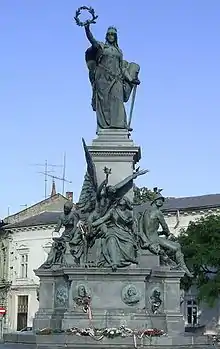

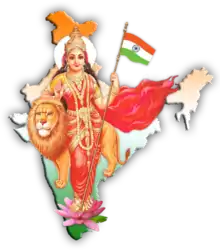
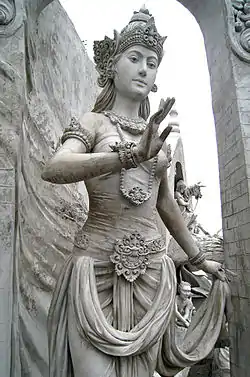
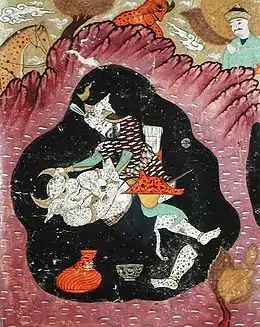
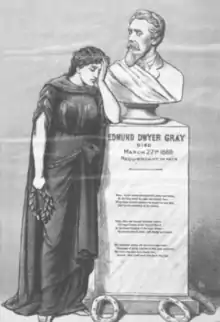

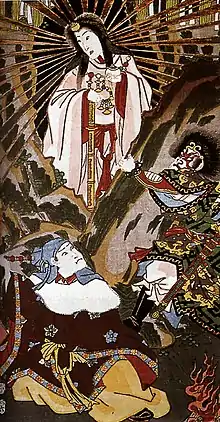

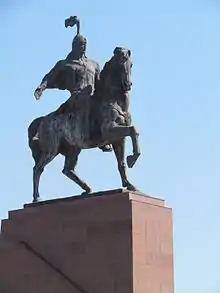
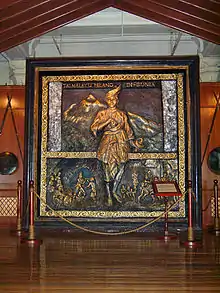
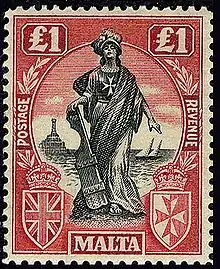


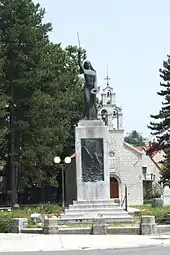
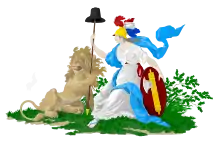

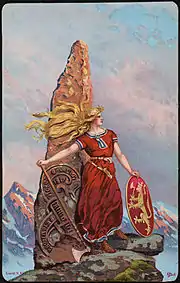

.jpg.webp)

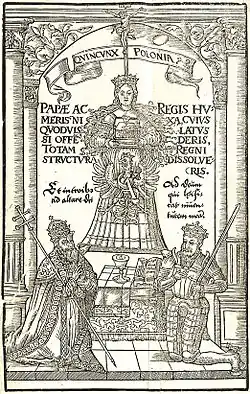
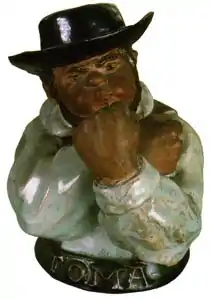


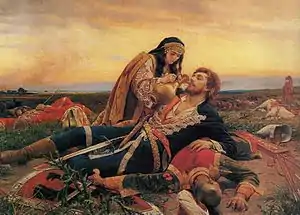
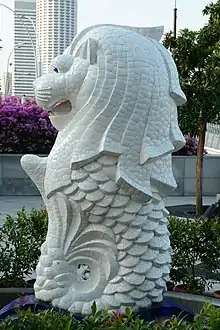
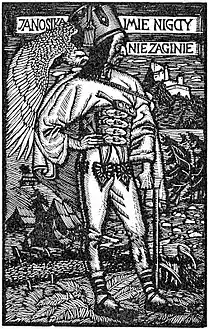
_03b.jpg.webp)

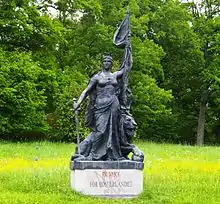
.jpg.webp)

.jpg.webp)
